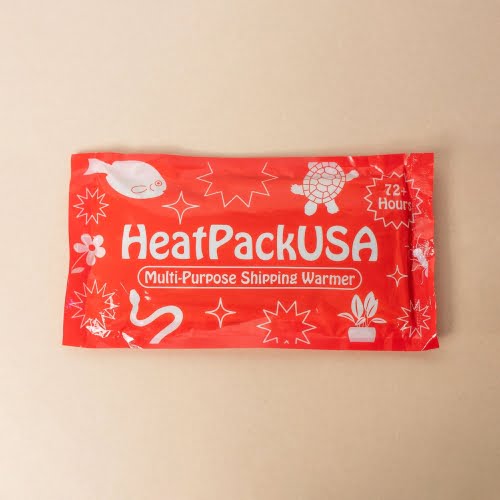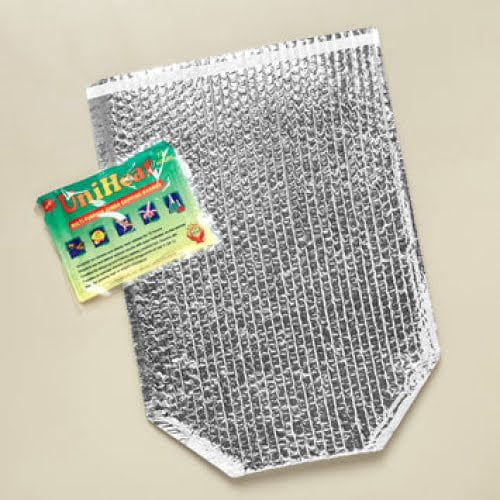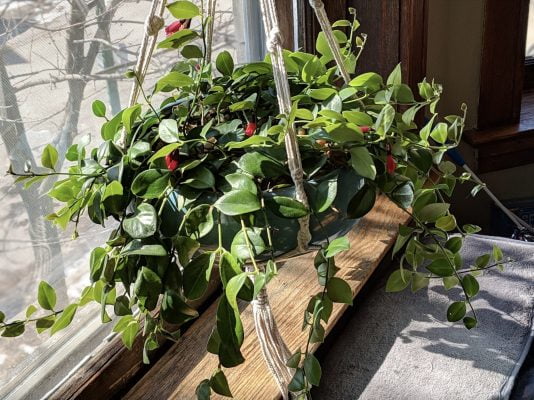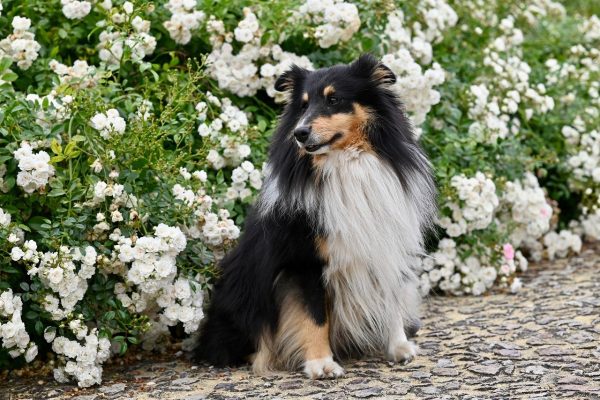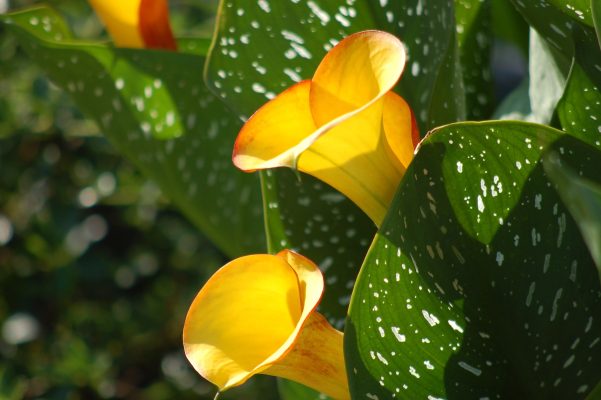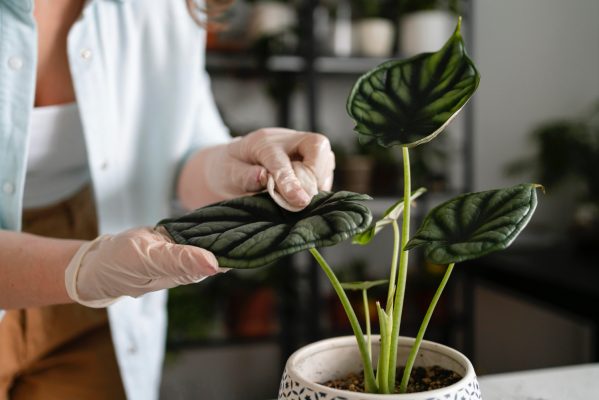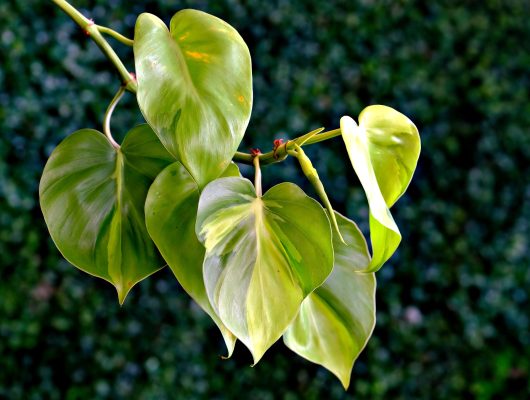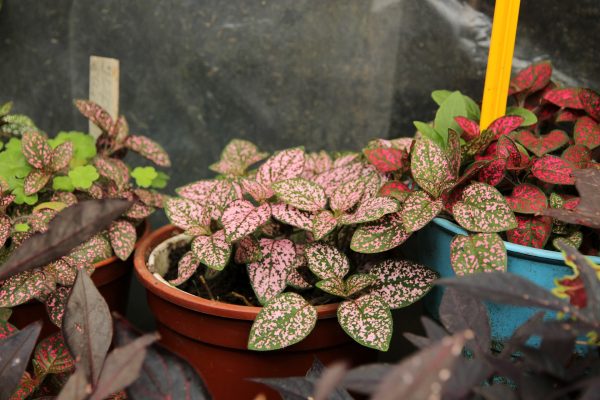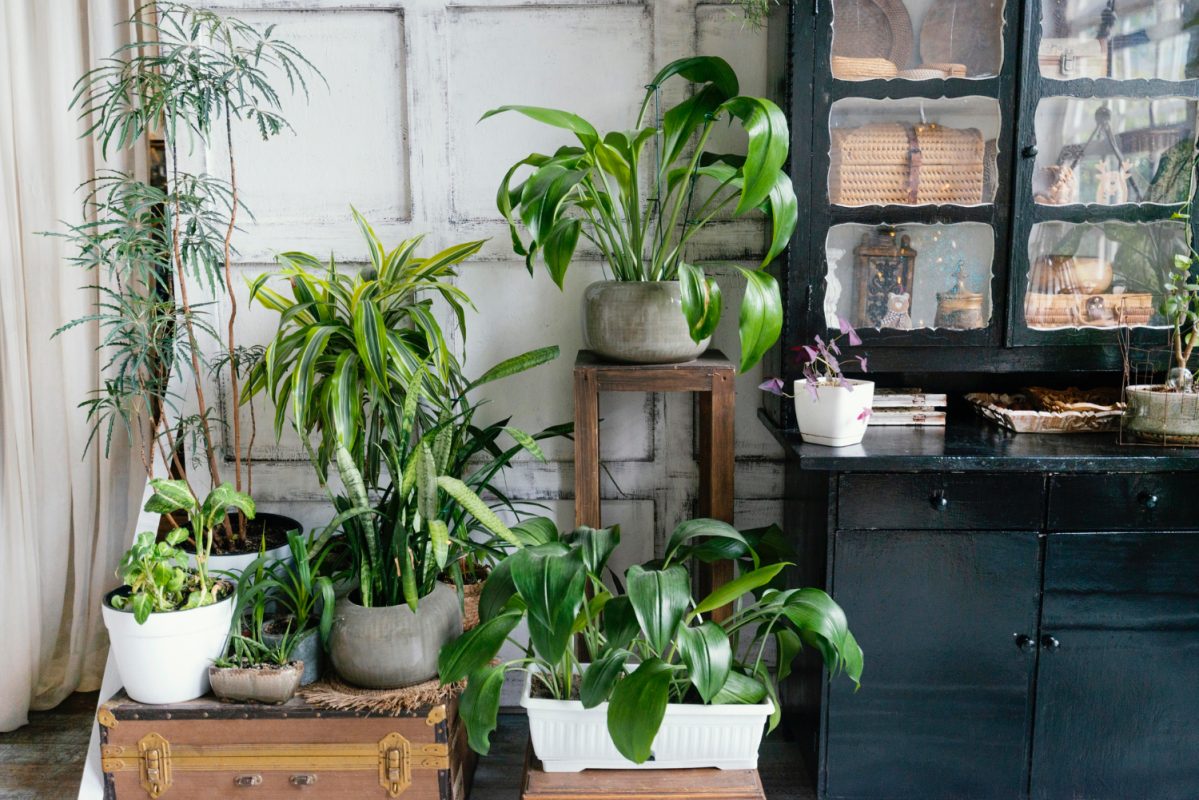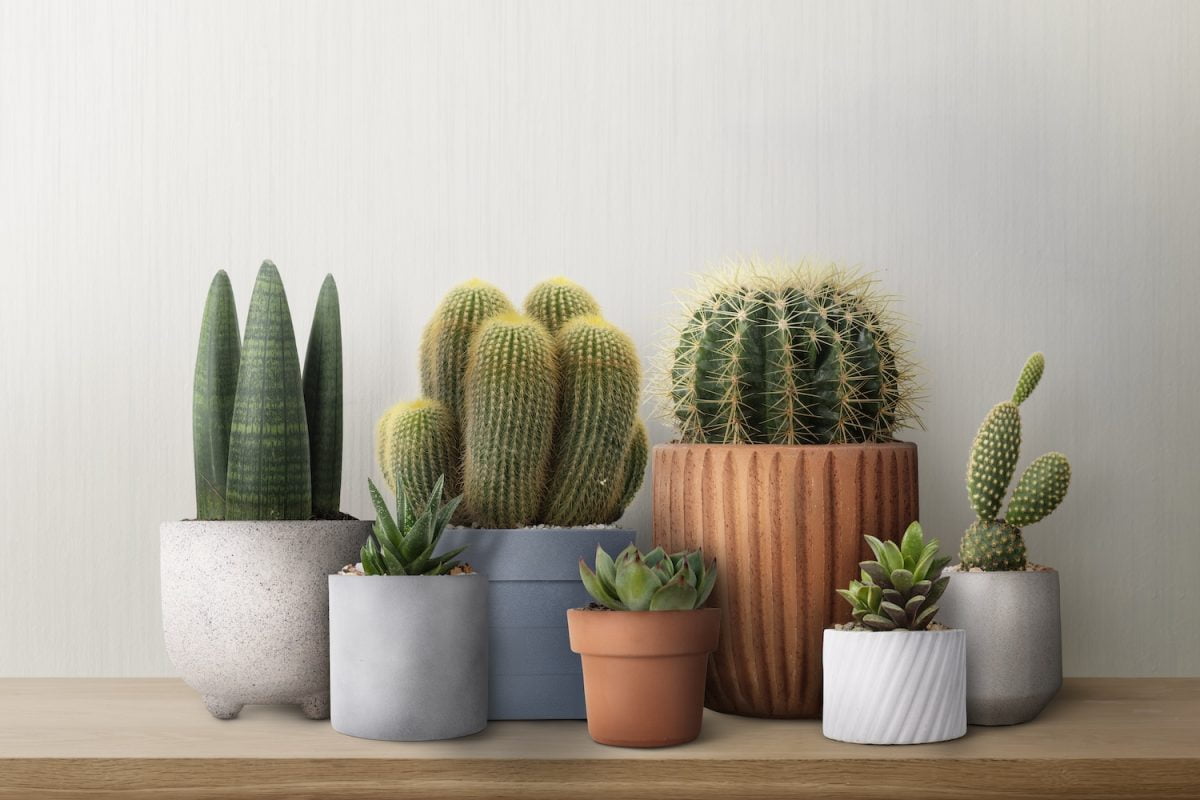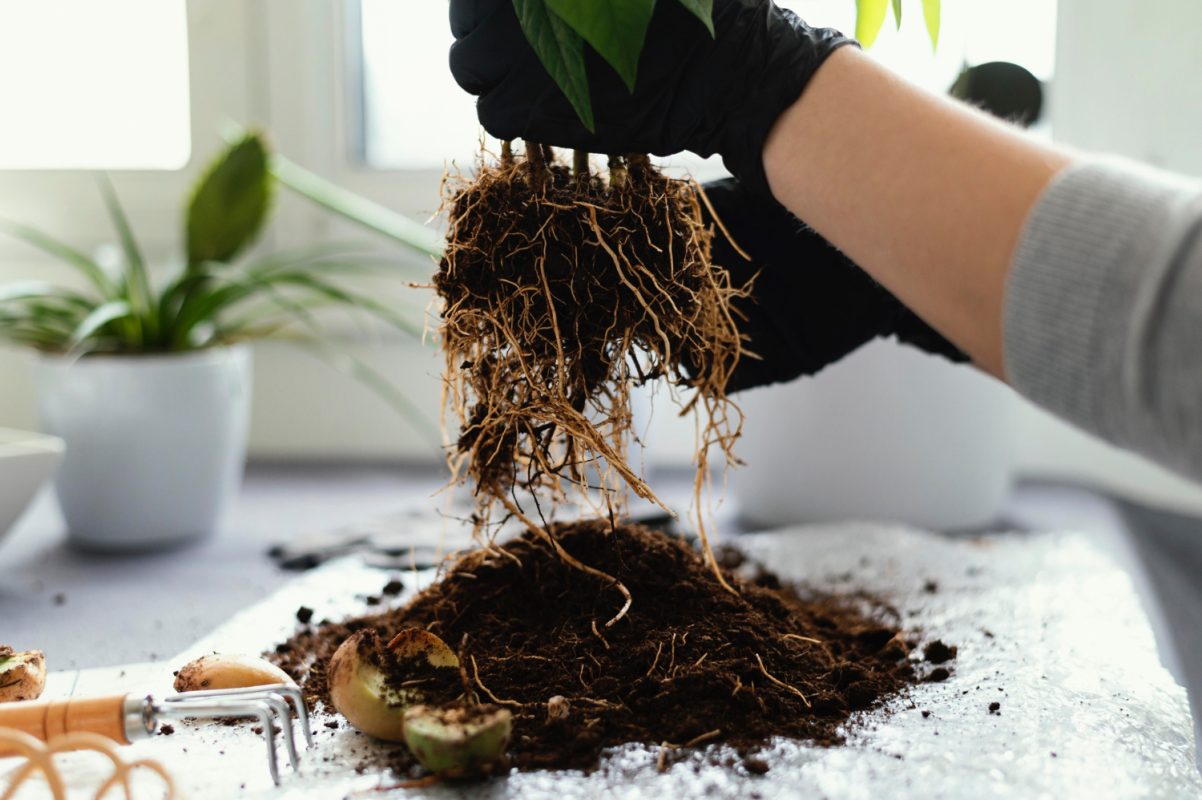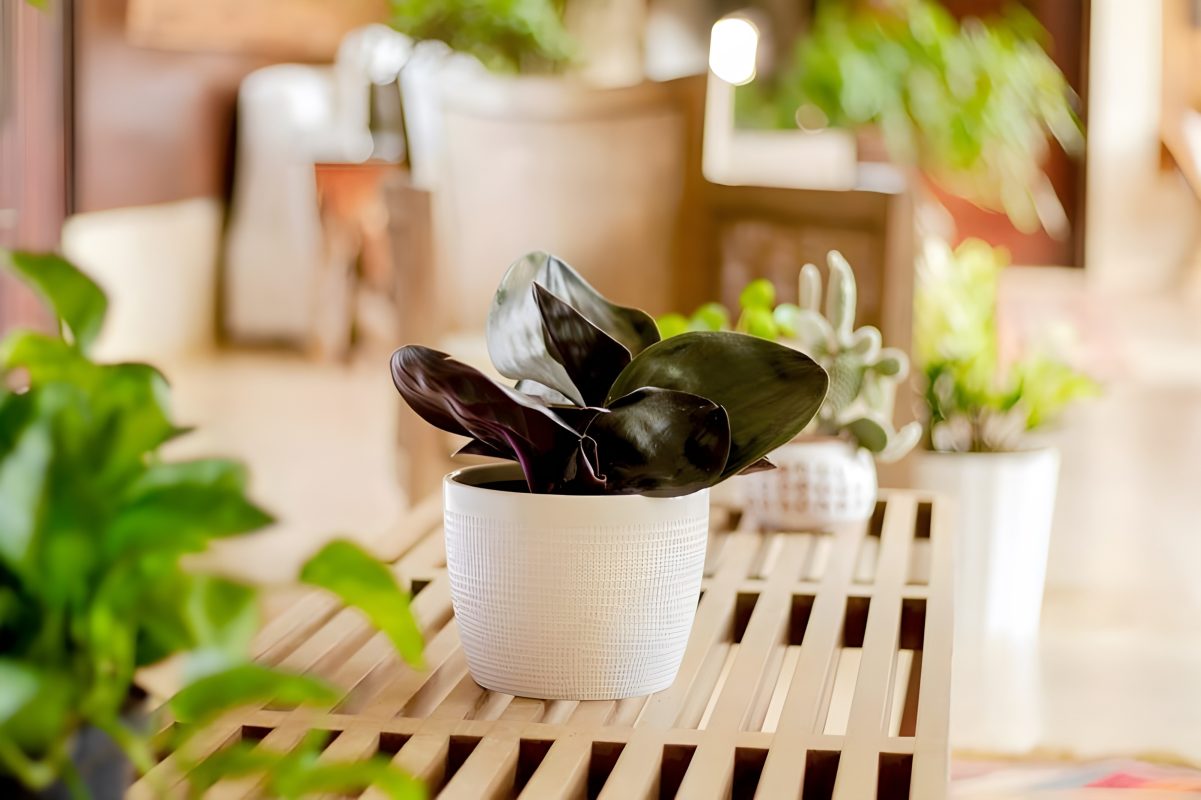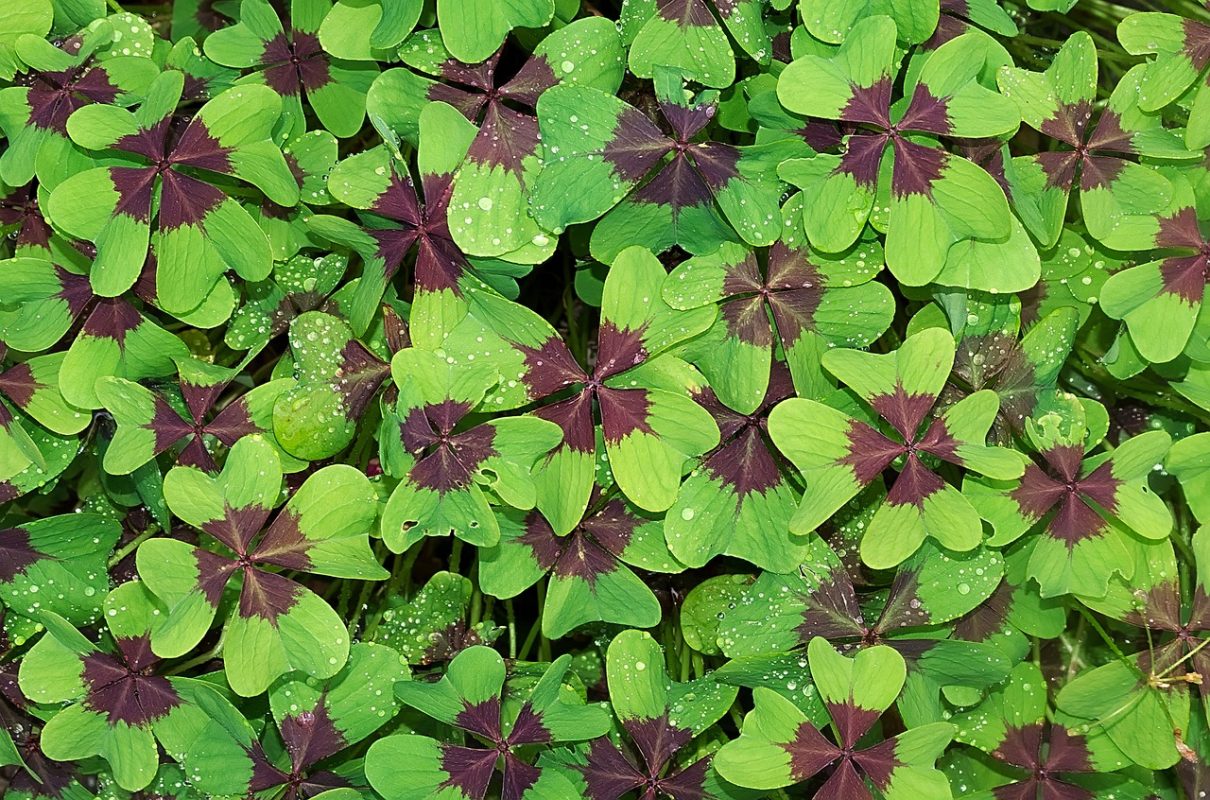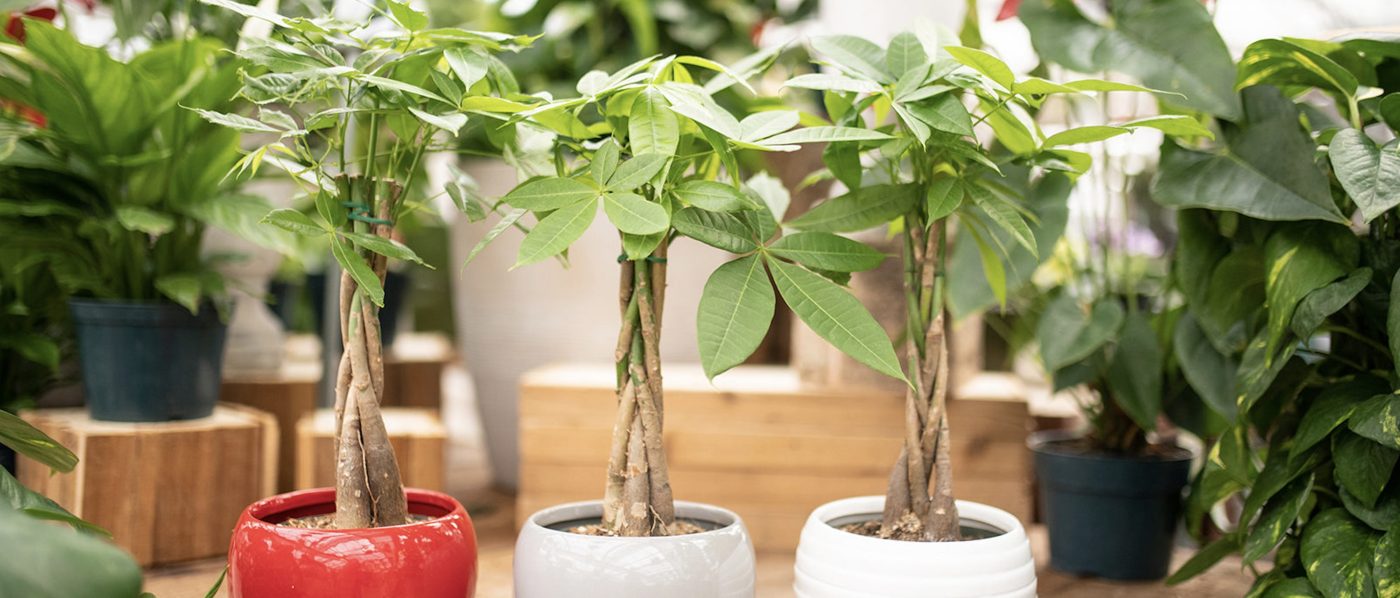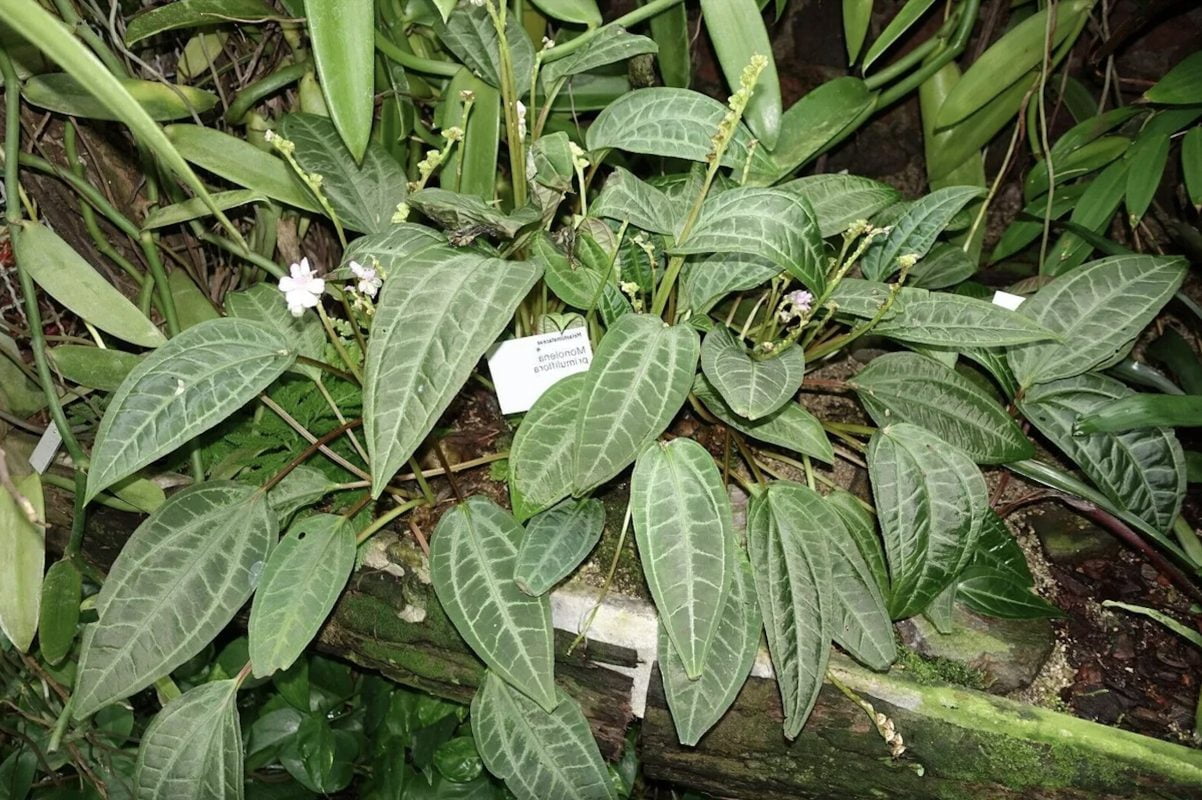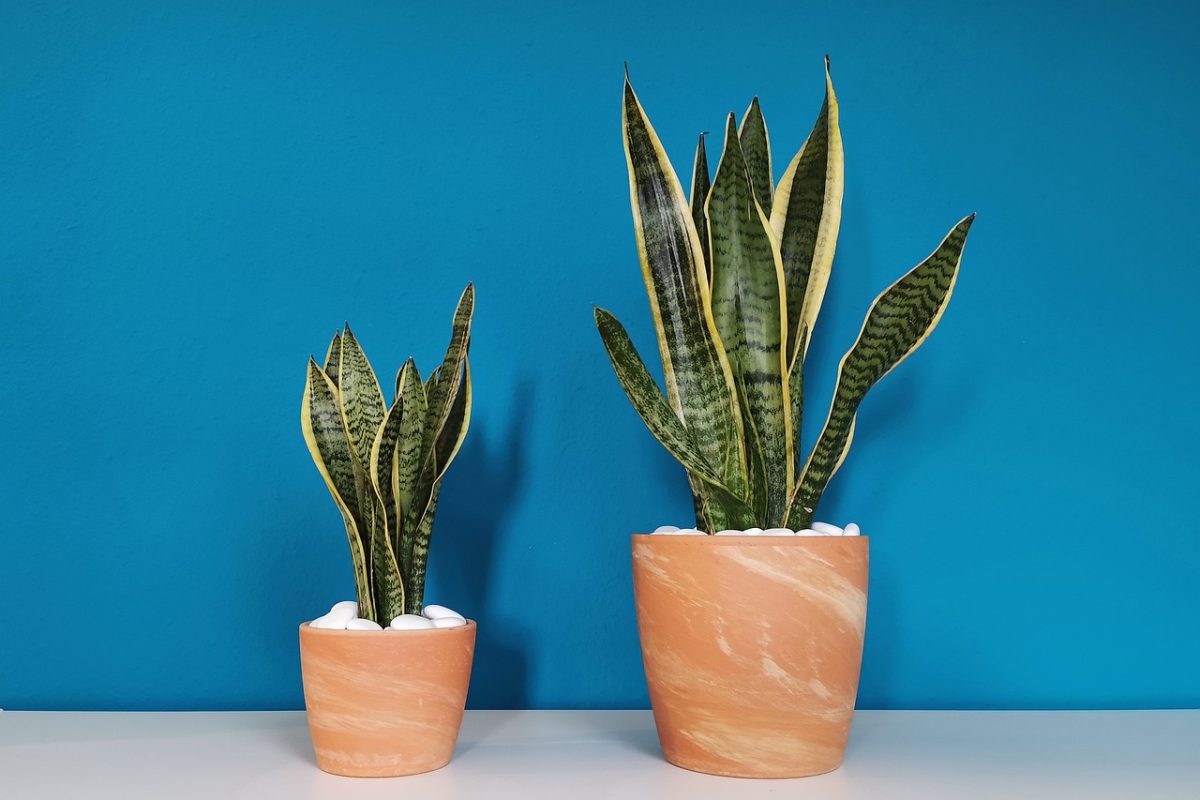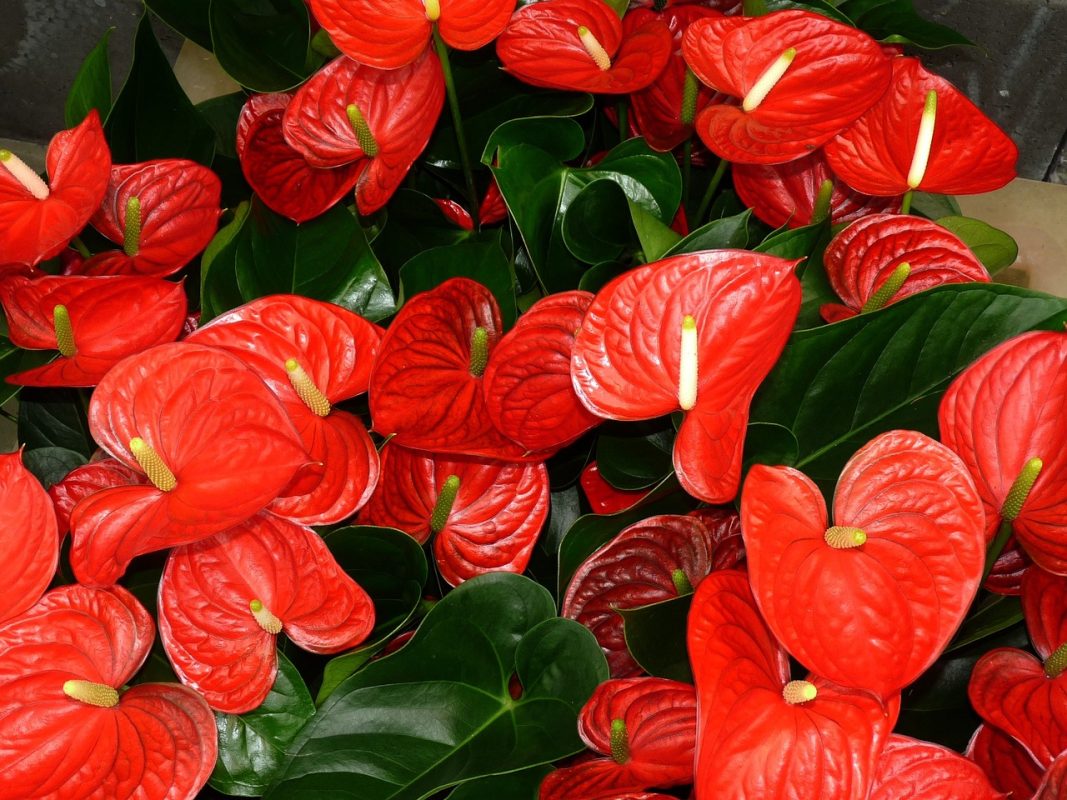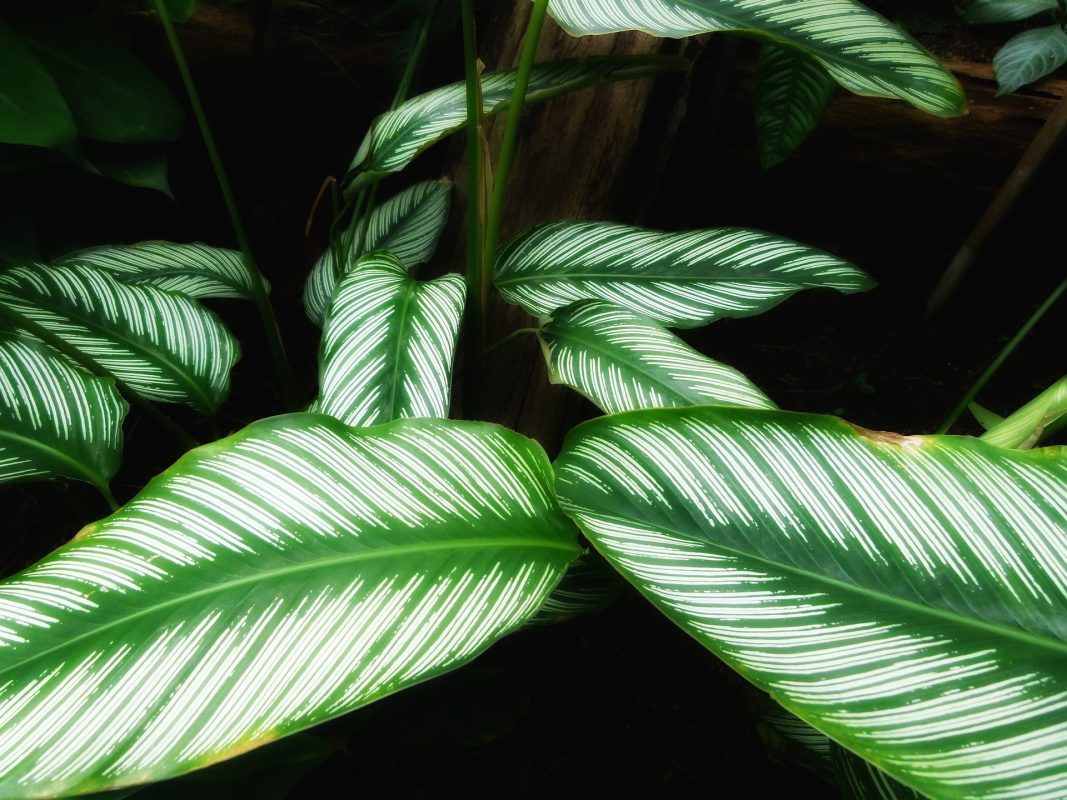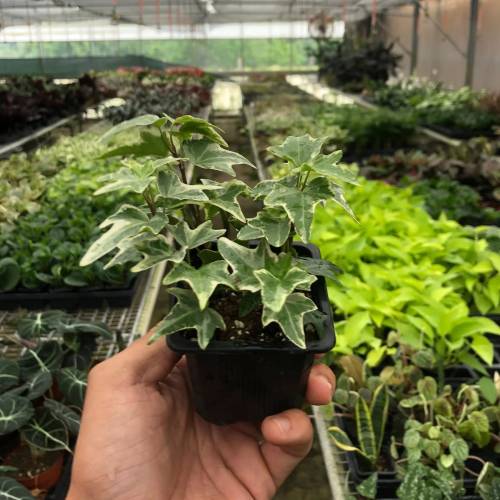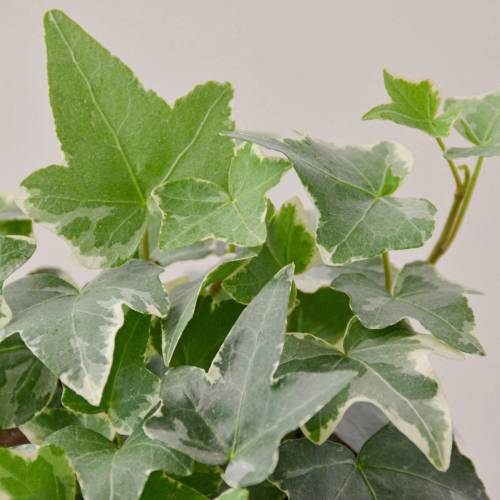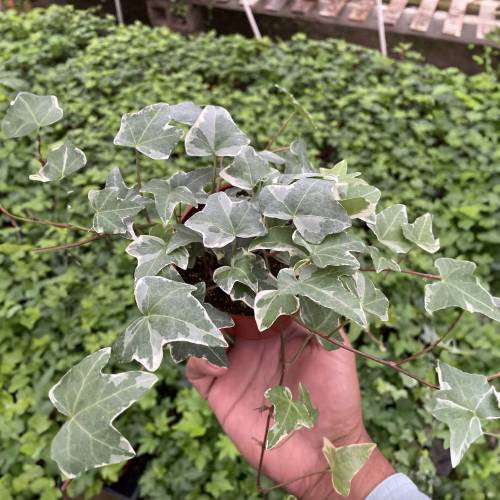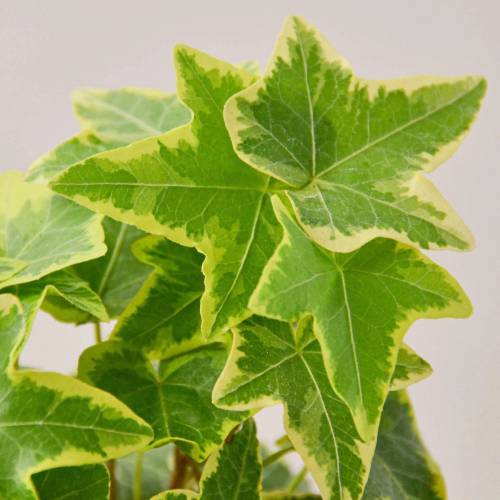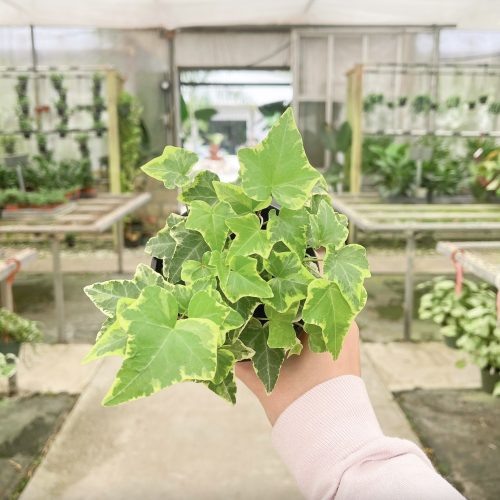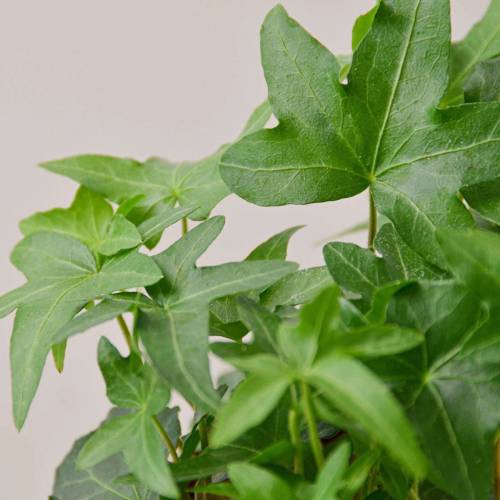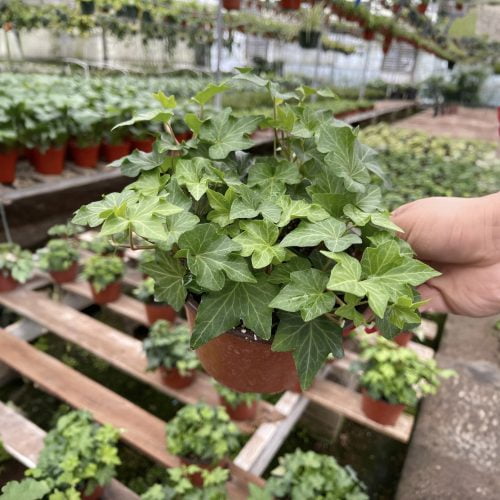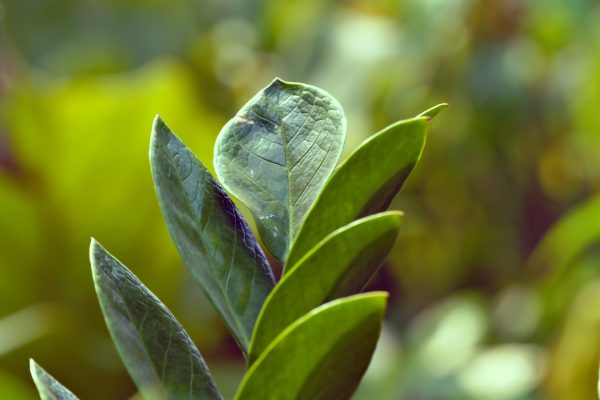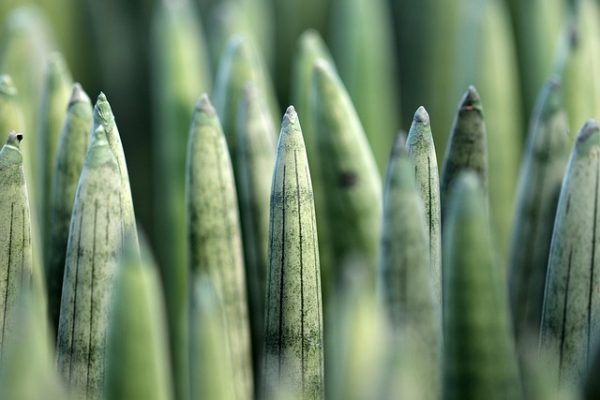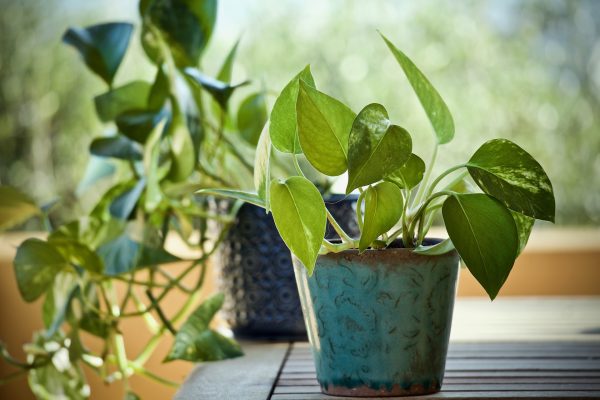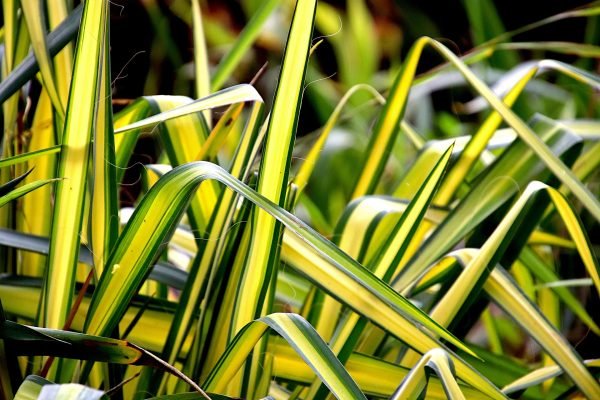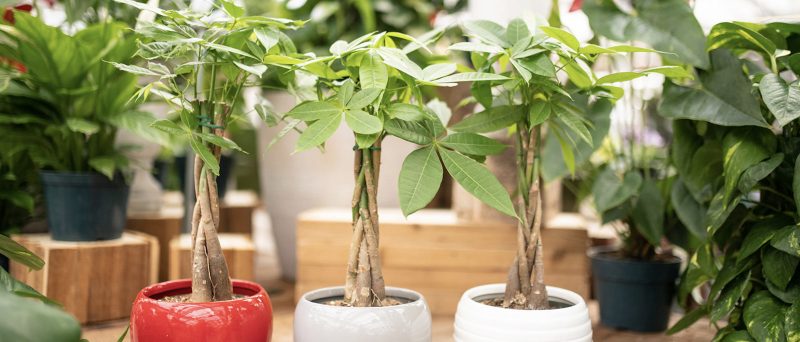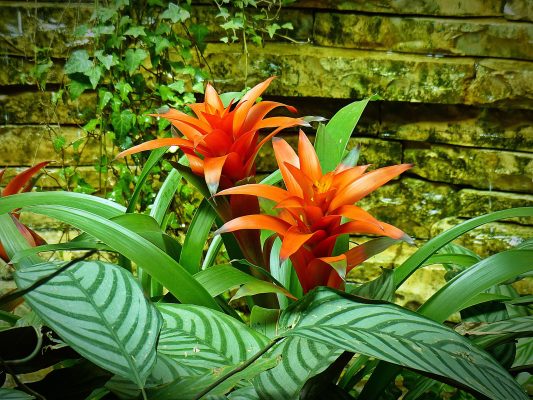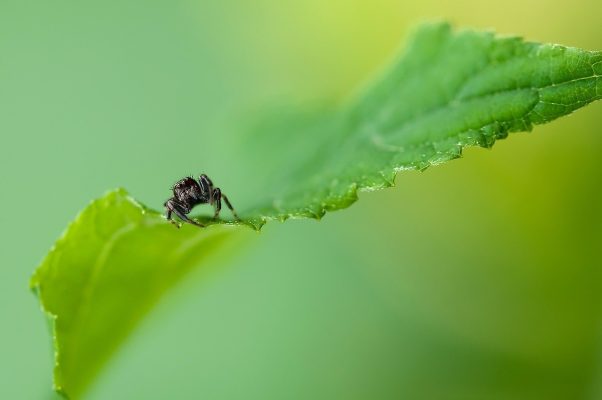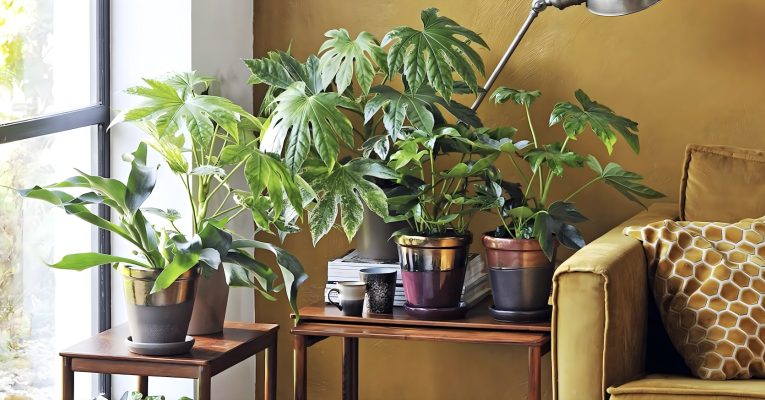English Ivy, scientifically known as Hedera helix, is a versatile and resilient plant that adds a touch of timeless elegance to gardens, homes, and even vertical spaces. This comprehensive care guide is your key to cultivating the cascading beauty of English Ivy, transforming your surroundings into a lush haven.
I. Plant Overview:
- Scientific Name: Hedera helix
- Common Names: English Ivy, Common Ivy
- Origin: Native to Europe, Western Asia, and North Africa.
II. Light Requirements:
- Ideal Conditions: Bright, indirect light. English Ivy tolerates lower light conditions but thrives with more sunlight.
- Tolerance: Adaptable to various light levels, including partial shade.
III. Watering:
- Frequency: Keep the soil consistently moist. Water when the top inch of soil feels slightly dry.
- Water Quality: Use room-temperature water. Ensure good drainage to prevent waterlogging.
- Humidity: English Ivy is adaptable to average indoor humidity levels.
IV. Soil:
- Type: Well-draining potting mix. A mix for indoor or outdoor plants with added perlite is suitable.
- pH Level: Slightly acidic to neutral (pH 6.0-7.0).
V. Temperature and Humidity:
- Temperature: Thrives in a cool to moderate environment, between 50-70°F (10-21°C).
- Humidity: English Ivy is adaptable to various humidity levels but appreciates higher humidity.
VI. Fertilization:
- Schedule: Feed every 4-6 weeks during the growing season (spring and summer).
- Fertilizer: Use a balanced liquid fertilizer, diluted to half strength. Reduce fertilization in the dormant season.
VII. Pruning and Maintenance:
- Pruning: Trim to control size and promote bushiness. Remove any yellow or damaged leaves.
- Cleaning: Wipe leaves with a damp cloth to remove dust. Keep the plant’s appearance neat.
VIII. Repotting:
- Frequency: Repot every 1-2 years or when the plant outgrows its container.
- Procedure: Gently lift the plant, inspect roots, and repot in fresh soil. Choose a container with drainage holes.
IX. Common Issues and Solutions:
- Yellowing Leaves: Overwatering or underwatering. Adjust watering habits accordingly.
- Pests: Watch for spider mites or aphids. Treat with insecticidal soap or neem oil.
- Leaf Drop: Sudden changes in light or temperature. Gradually acclimate the plant to new conditions.
X. Propagation:
- Method: Stem cuttings or layering.
- Timing: Spring or early summer.
- Process: Take a cutting with at least two nodes or encourage roots on a portion of the stem while still attached to the parent plant. Plant in fresh soil when roots are established.
English Ivy is a classic choice for those seeking a versatile and graceful plant. This guide empowers you to cultivate the cascading elegance of English Ivy, whether indoors or outdoors, ensuring it becomes a timeless addition to your living space. Happy gardening!
our recommendation
you may also want to know


